Jerkbaits: A Comprehensive Guide
If you’re an angler, you know that having the right lure can make all the difference in catching your desired fish. This lure has gained popularity in recent years. They are versatile and can be used in both freshwater and saltwater fishing. In this comprehensive guide, we’ll cover everything you need to know about the lure, including what they are, how to use them, and the different types available.
Table of Contents
- What are Jerkbaits?
- The History of Jerkbaits
- The Anatomy of a Jerkbait
- The Different Types of Jerkbaits
- Hard Jerkbaits
- Soft Jerkbaits
- Choosing the Right Jerkbait
- Factors to Consider
- Fishing with Jerkbaits
- Techniques and Tips
- Common Fish Species Caught with Jerkbaits
- Jerkbait Maintenance and Storage
- Frequently Asked Questions (FAQs)
- Conclusion
1. What are Jerkbaits?
They are fishing lures that mimic the movement of injured baitfish. They are designed to be fished in a stop-and-go fashion, with the angler imparting a sharp jerk to the rod tip, causing the bait to dart and pause erratically. This action imitates an injured fish and triggers predatory instincts in game fish.
2. The History of Jerkbaits
They have been around for decades, but their popularity has grown exponentially in recent years. The earliest ones were made of wood and had a simple design. Today, they are made from a variety of materials, including plastic, wood, and metal. Modern lures are also more realistic in their design, with intricate details that mimic the look and movement of real fish.
3. The Anatomy of a Jerkbait
It consists of several key components that work together to create the lure’s action. The body of the bait is typically elongated and tapered, with a lip or bill on the front that helps the bait dive and stay at the desired depth. The hooks are attached to the body, and the bait may also have rattles or other sound-producing features to attract fish.
4. The Different Types of Jerkbaits
They are categorized into two main types: hard and soft.
Hard Jerkbaits
Hard baits are typically made of plastic or wood and have a solid body. They come in various shapes and sizes, with some designed to float and others to sink. Hard baits can be further categorized into three types based on their diving depth: shallow, medium, and deep.
Soft Jerkbaits
Soft baits, as the name suggests, are made of soft plastic and have a more lifelike feel and action. They are typically rigged with a weighted hook and fished near the surface or just below it. Soft baits are a popular choice for targeting species such as bass and walleye.
5. Choosing the Right Jerkbait
Choosing the right bait depends on several factors, including the species you are targeting, the water conditions, and the depth you want to fish. Some other factors to consider when selecting a lure include the bait’s size, color, and action.
6. Fishing with Jerkbaits
To fish with this lure, cast it out and let it sink to the desired depth. Once the bait has settled, give the rod a sharp jerk to make the bait dart
and pause. Let the bait sit for a few seconds before repeating the process. This stop-and-go action imitates an injured fish and can trigger strikes from predatory game fish.
When fishing with this lure, it’s important to vary the retrieve speed and cadence until you find what works best. Experiment with different jerk lengths and pauses to see what the fish respond to. Pay attention to the water temperature and weather conditions, as these can also affect how fish respond to the bait.
Where to fish it?
- Rocky Shorelines and Midlake Structure
- Sand and Grass flats
- Ledges and drop-offs.
- Around docks
When to fish it?
- Coldwater: The natural suspending action of a jerkbait imitates bait fish dying off in cold water. Although a jerkbait will catch bass all year, oftentimes the colder water will make it a better choice for getting bites than some of your other techniques. When water temperatures are around 50 – 60 degrees a jerkbait is often a great option.
- When bass are shallow: The max you can get a good jerkbait to go is 12 – 15 feet. This can be a problem if the bass are hanging deeper than 20 feet. Especially, if the water is cold. They are just not as apt to swim up and eat from those depths because of the bass’s slow metabolism. The jerkbait ideally is the most effective when bass are shallower in cold water sitting in about 5 – 12 feet of water.
- Clear water: The jerkbait is a visual clear water feeding bait. This is why it works so well on smallmouth. In dirty water the bass are unable to see the dying movements as well. A jerkbait seems to perform better in stained to clear water conditions. Many jerkbaits come with rattles to help attract attention in those dirtier water conditions, but often when things are too dingy you are probably better off with a bladed bait of some kind.
How to fish it?
Jerkbait fishing is all about the cadence. Experiment with different pause lengths between twitches, (twitch…pause.twitch). Also try twitching multiple times, (twitch, twitch…pause…twitch). Once you catch your first fish of the day, make a mental note of what your lure had been doing prior to the strike. Generally, the colder the water, the longer the pauses. Sometimes, the fish want pauses as long as 15-30 seconds!
7. Common Fish Species Caught with Jerkbaits
They are effective for a wide range of fish species, both freshwater and saltwater. Some of the most common fish caught with them include:
8. Jerkbait Maintenance and Storage
To ensure your baits last longer and stay in good condition, it’s important to clean and store them properly. After fishing, rinse the bait with freshwater to remove any dirt, debris, or saltwater. If the hooks are rusty, you can use a rust-removing solution or replace them altogether.
Store your the bait in a tackle box or container that is specifically designed for lures. Keep them organized by size, type, and color to make it easier to find what you need when you’re on the water.
9. Frequently Asked Questions (FAQs)
- What is the best color for this lure?
- The best color depends on the water conditions and the species you are targeting. In clear water, natural colors like silver, gold, and brown can be effective. In stained or murky water, brighter colors like chartreuse or orange can be more visible to fish.
- Can this lure be used in saltwater fishing?
- Yes, they can be effective in saltwater fishing for species like redfish, snook, and striped bass.
- What is the difference between a hard and soft jerkbait?
- Hard baits are typically made of plastic or wood and have a solid body, while soft baits are made of soft plastic and have a more lifelike feel and action.
- Do I need to use a special rod for fishing with this lure?
- While you don’t necessarily need a special rod, a medium or medium-heavy spinning or baitcasting rod with a fast action is recommended for fishing with them.
- Can I fish with a jerkbait year-round?
- Yes, it can be effective year-round, but they are particularly effective in the fall and winter when fish are more sluggish and less likely to chase fast-moving lures.
Conclusion
They are a versatile and effective fishing lure that can help you catch a wide range of fish species. Whether you prefer hard or soft baits, it’s important to choose the right bait for the conditions and to vary your retrieve speed and cadence until you find what works best. By following the tips and techniques in this guide, you’ll be well on your way to becoming a successful jerkbait angler
.
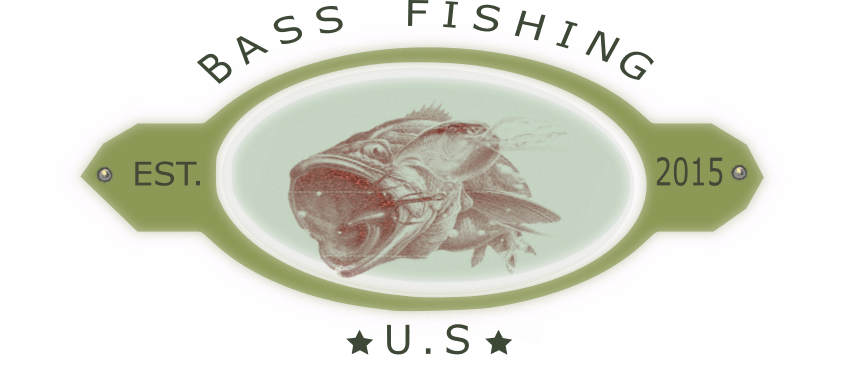
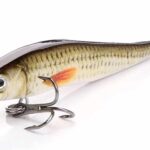



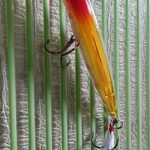

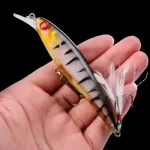

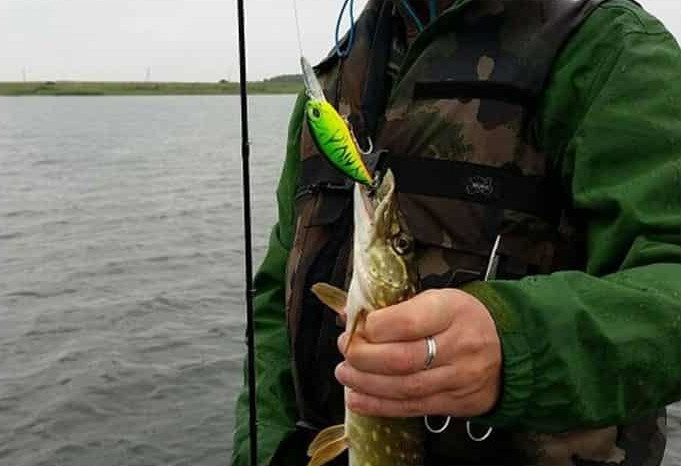
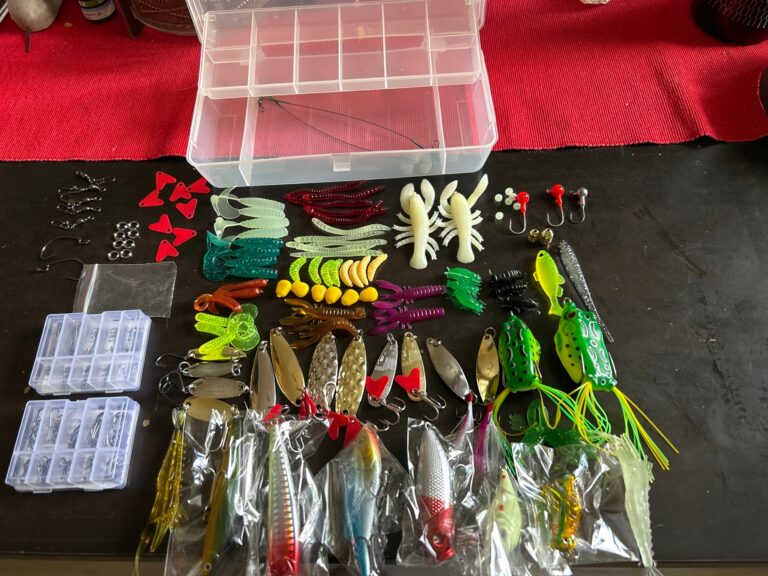

Leave a comment